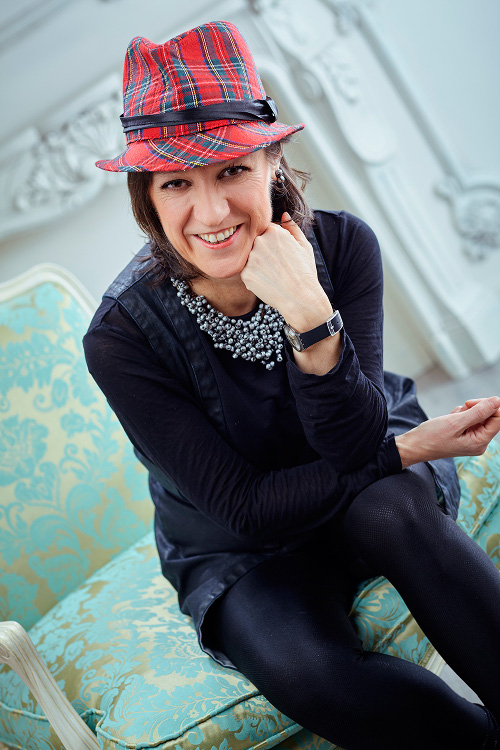And English king called Edward the confessor died in 1066.
Harold II became king after him, but no fewer than seven other people claimed that they should be king instead. One of these was William, Duke of Normandy. The Normans – Northmen – were descended from Vikings who had settled in France.
William crossed the English Channel with a fleet of ships.
His army landed and met the English in a great battle near Hastings in Sussex. Axes crashed on shields, arrows whistled through the air, horses neighed. King Harold was killed and the Normans marched to London.
The Norman army defeated the English at the Battle of Hastings in 1066.
William was crowned king of England in Westminster Abbey, London, on Christmas Day 1066.
He built a stone fortress there, as part of the Tower of London. Soon William I controlled all England. He became known as William the Conqueror.
The Normans created the Domesday Book.
In it they recorded the houses and lands in their new kingdom. People had to work for their new Norman lords and pay taxes. The Domesday Book helped the king to keep track of everything.
The Normans attacked and settled in parts of Wales.
They also settle in the Lowlands of Scotland. By 1166 Norman knights were becoming involved in wars in Ireland and seizing land there, too.
During the 1100s the king of England kept close links with France.
They married into French families. King Henry II of England ruled an empire that stretched all the way to southwestern France.
TRUE OR FALSE?
- The Normans were named after their first leader, Norman the Strong.
- The kings of England spoke French after 1066.
- William I became known as William the Wanderer.

